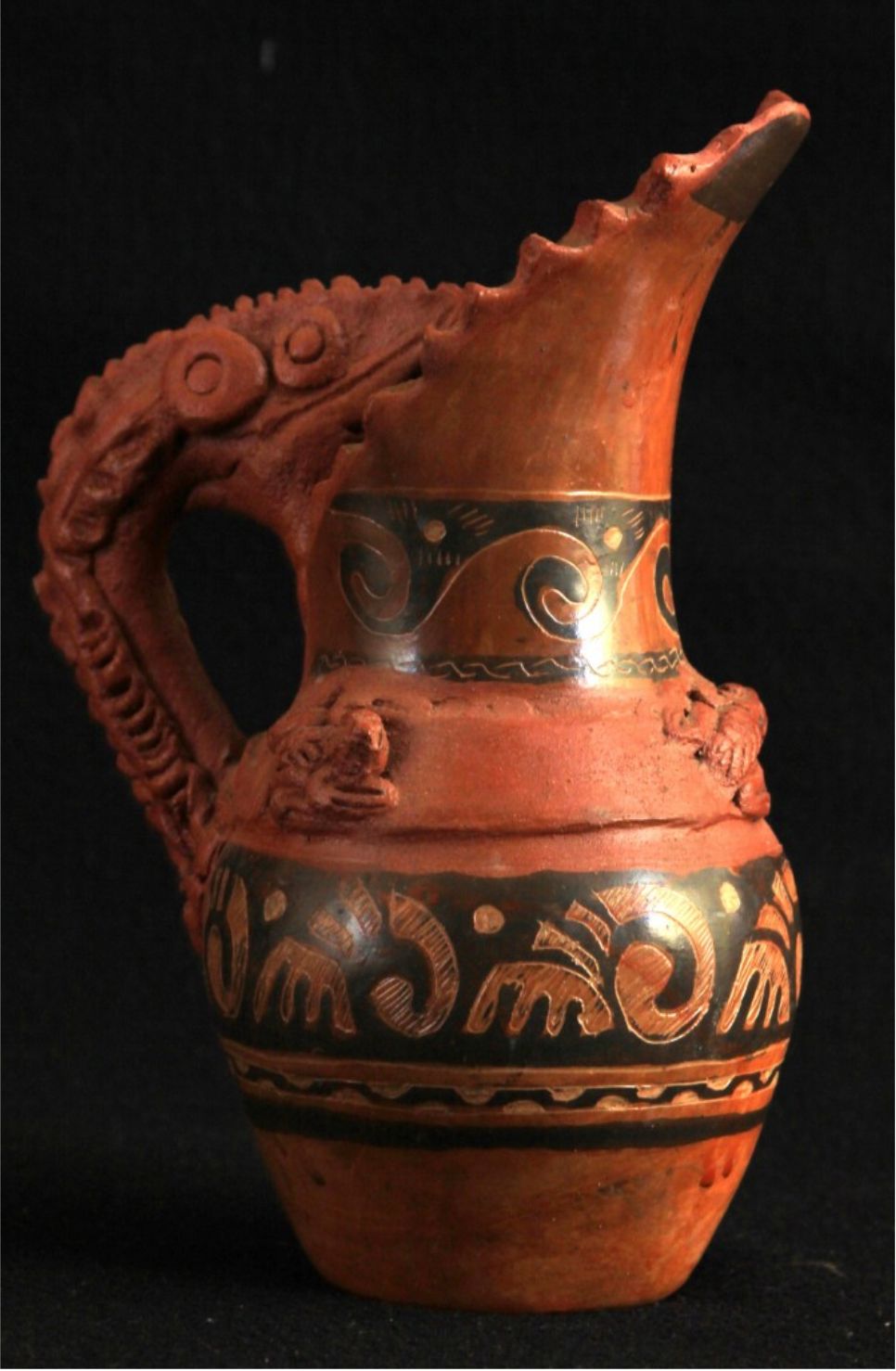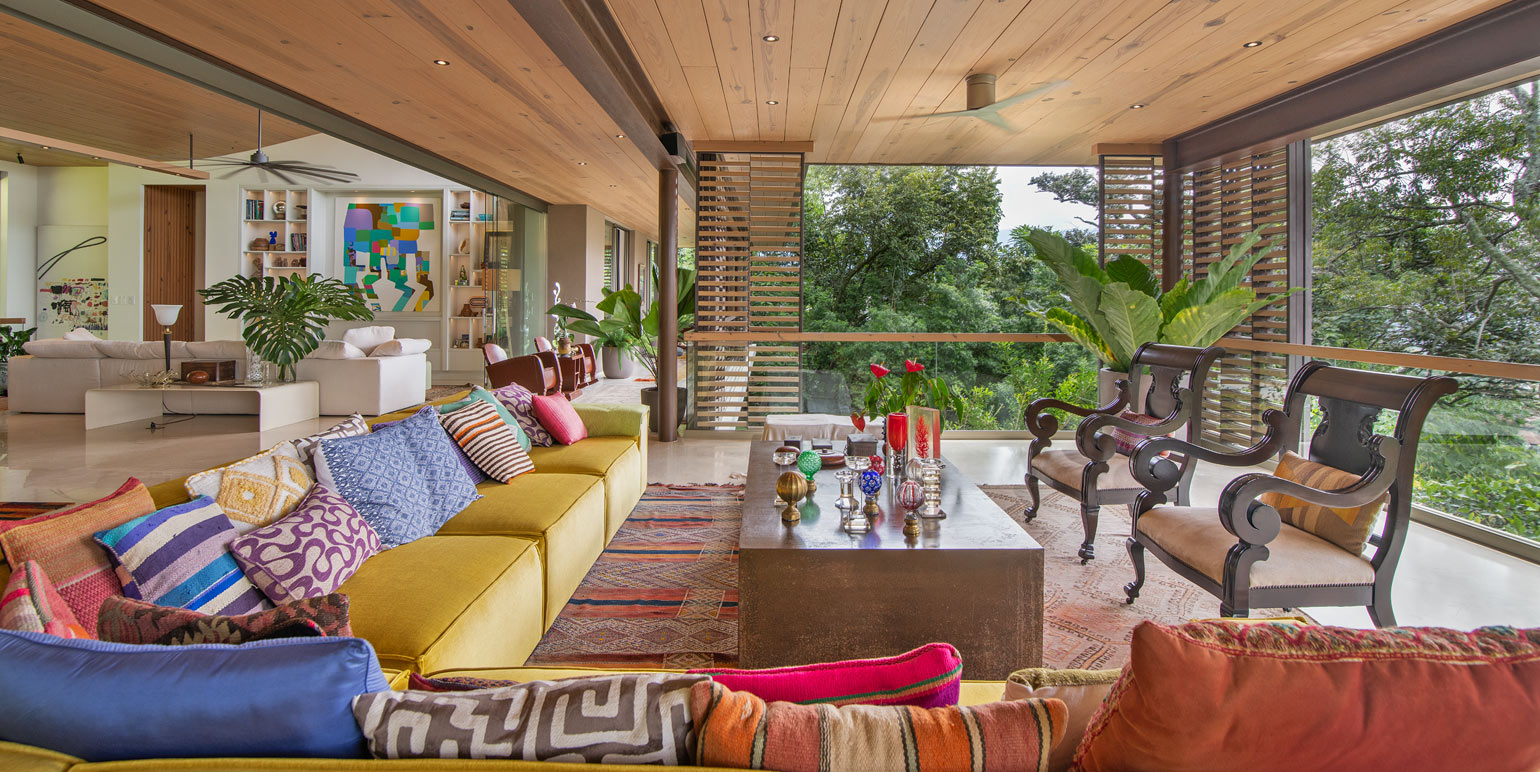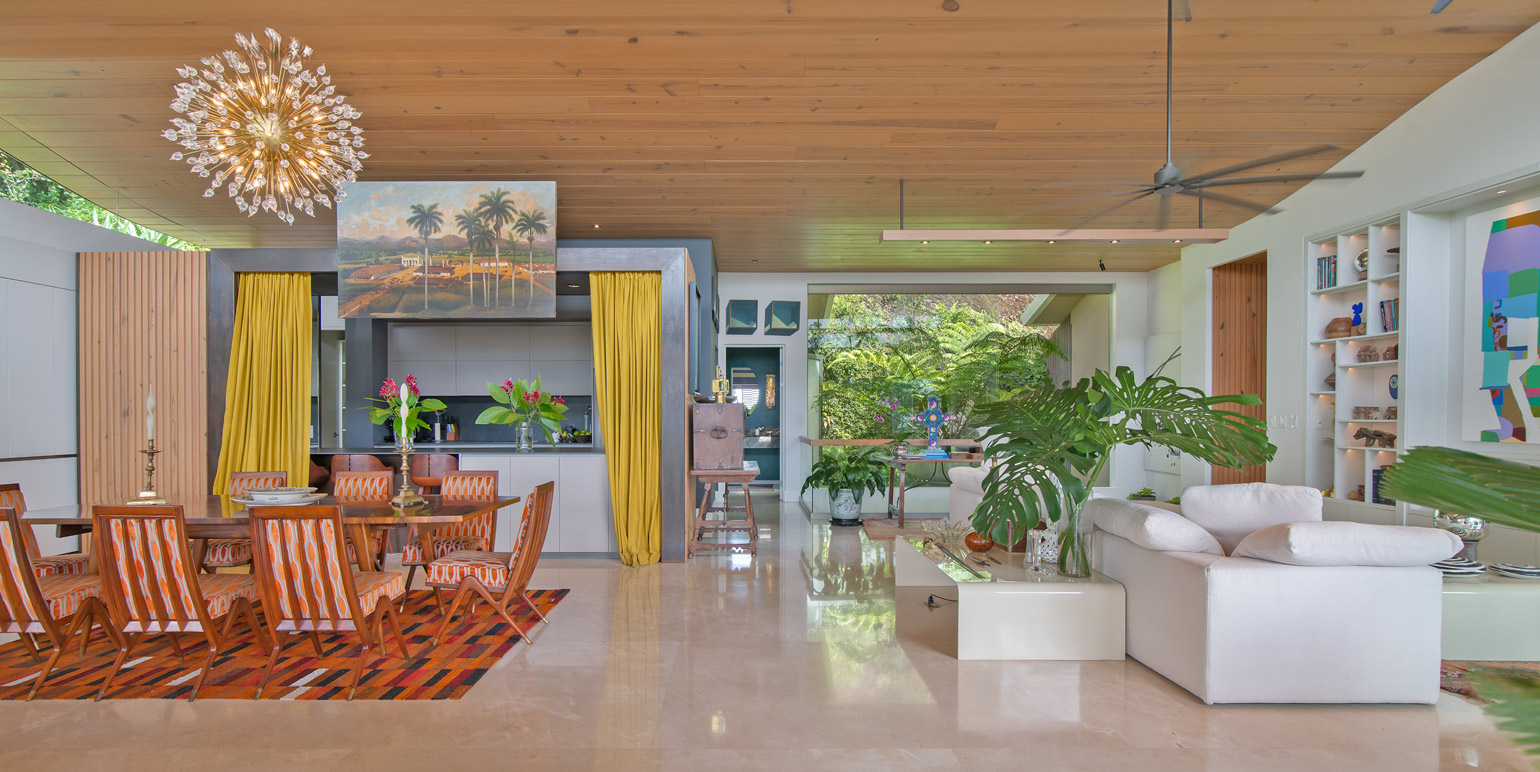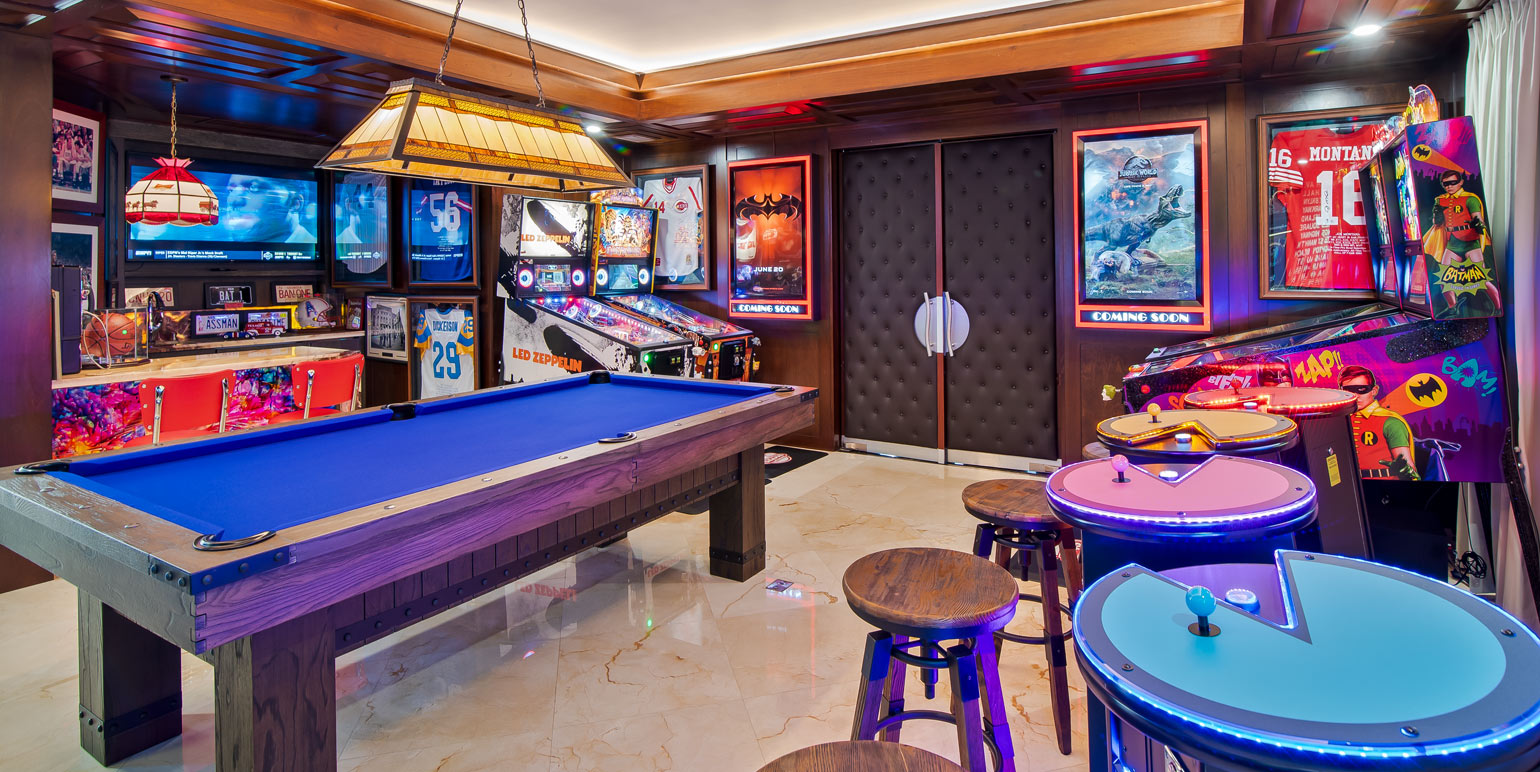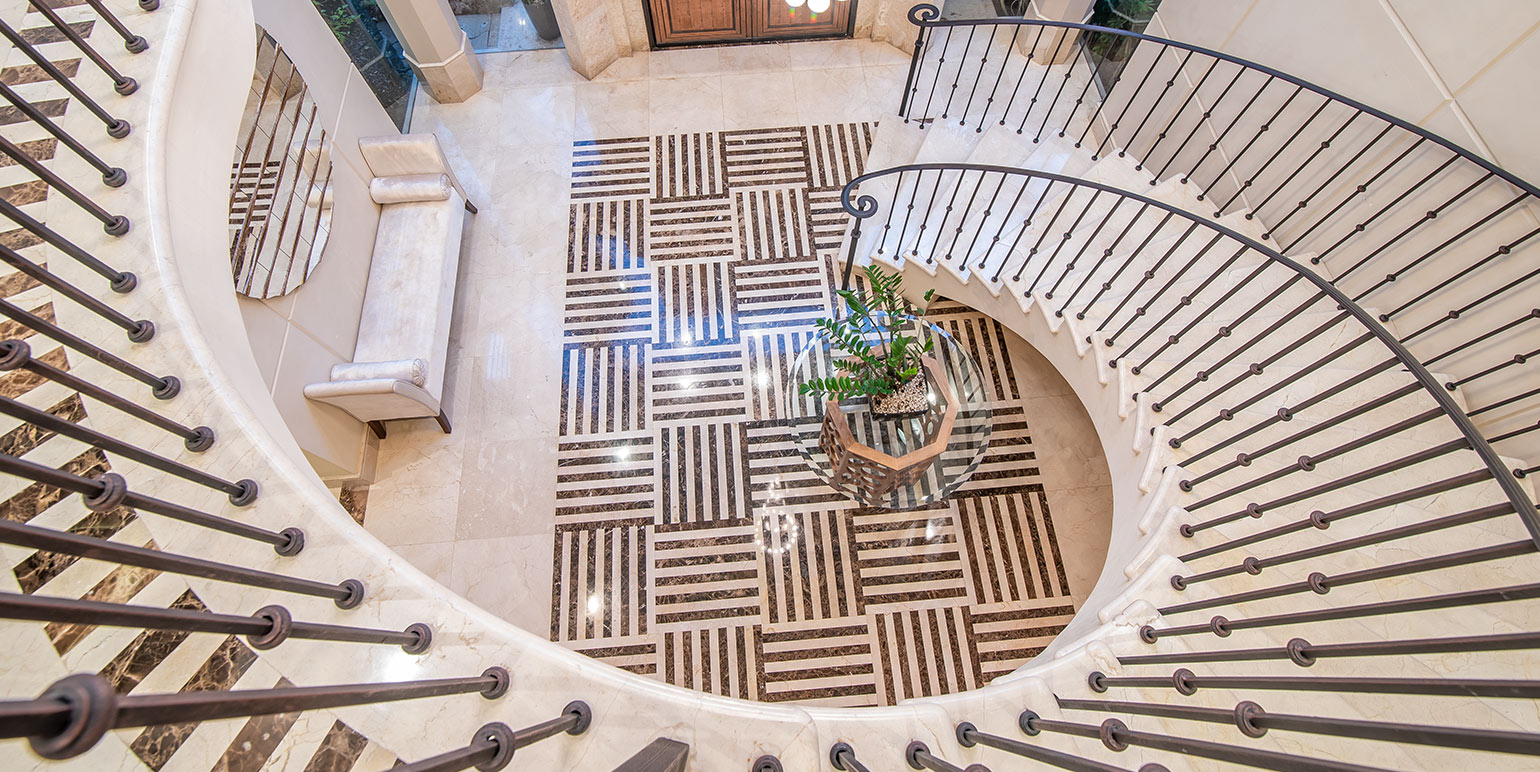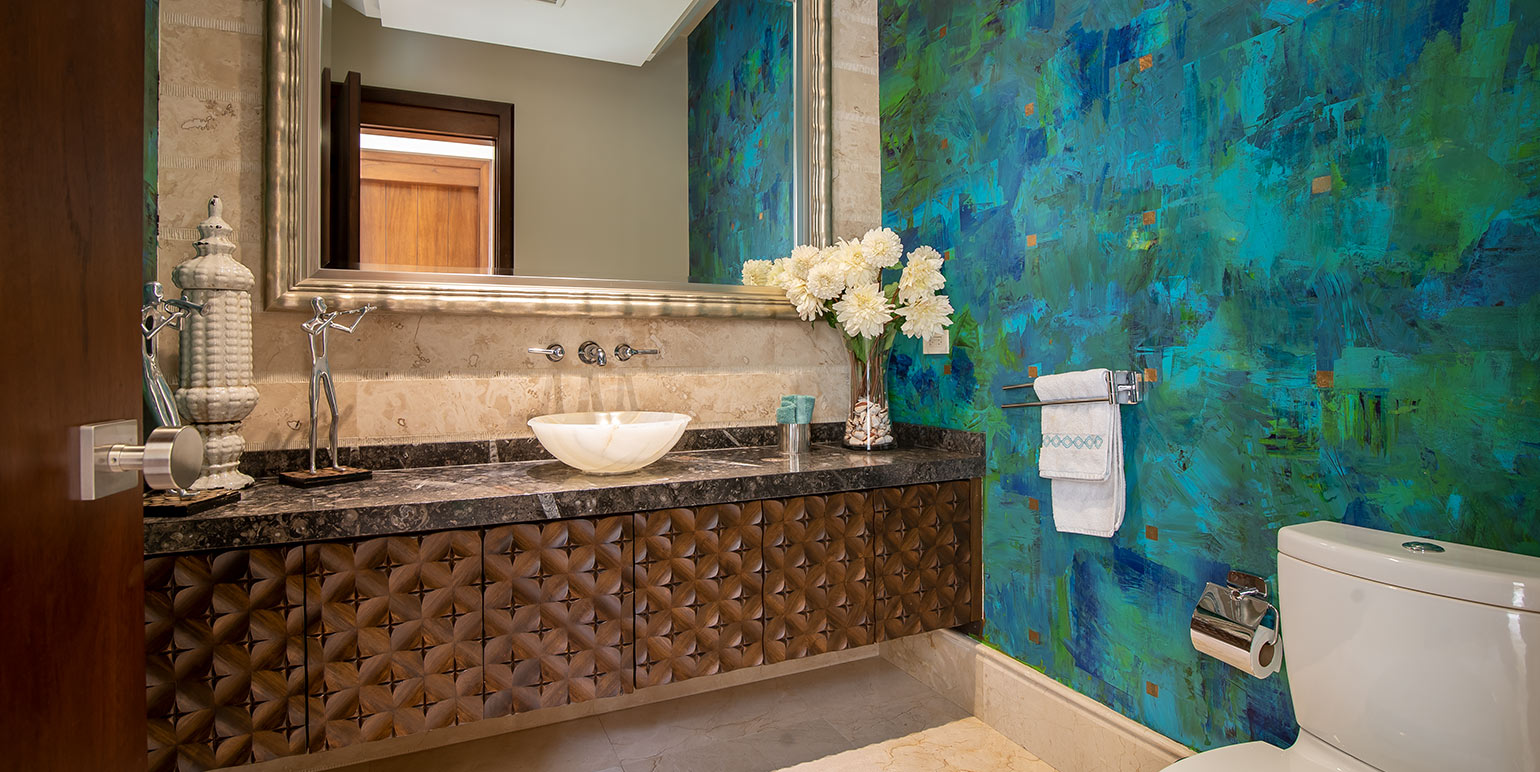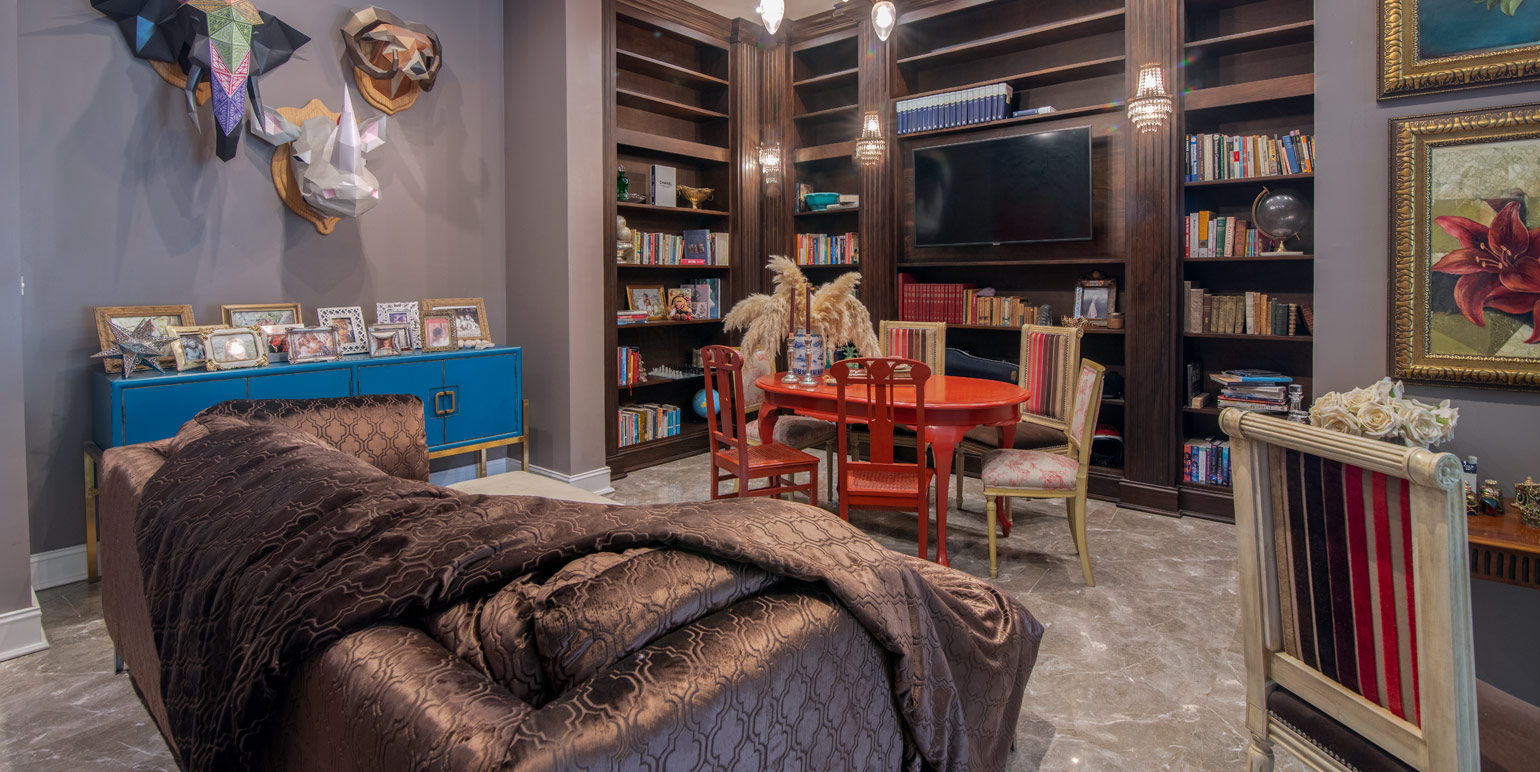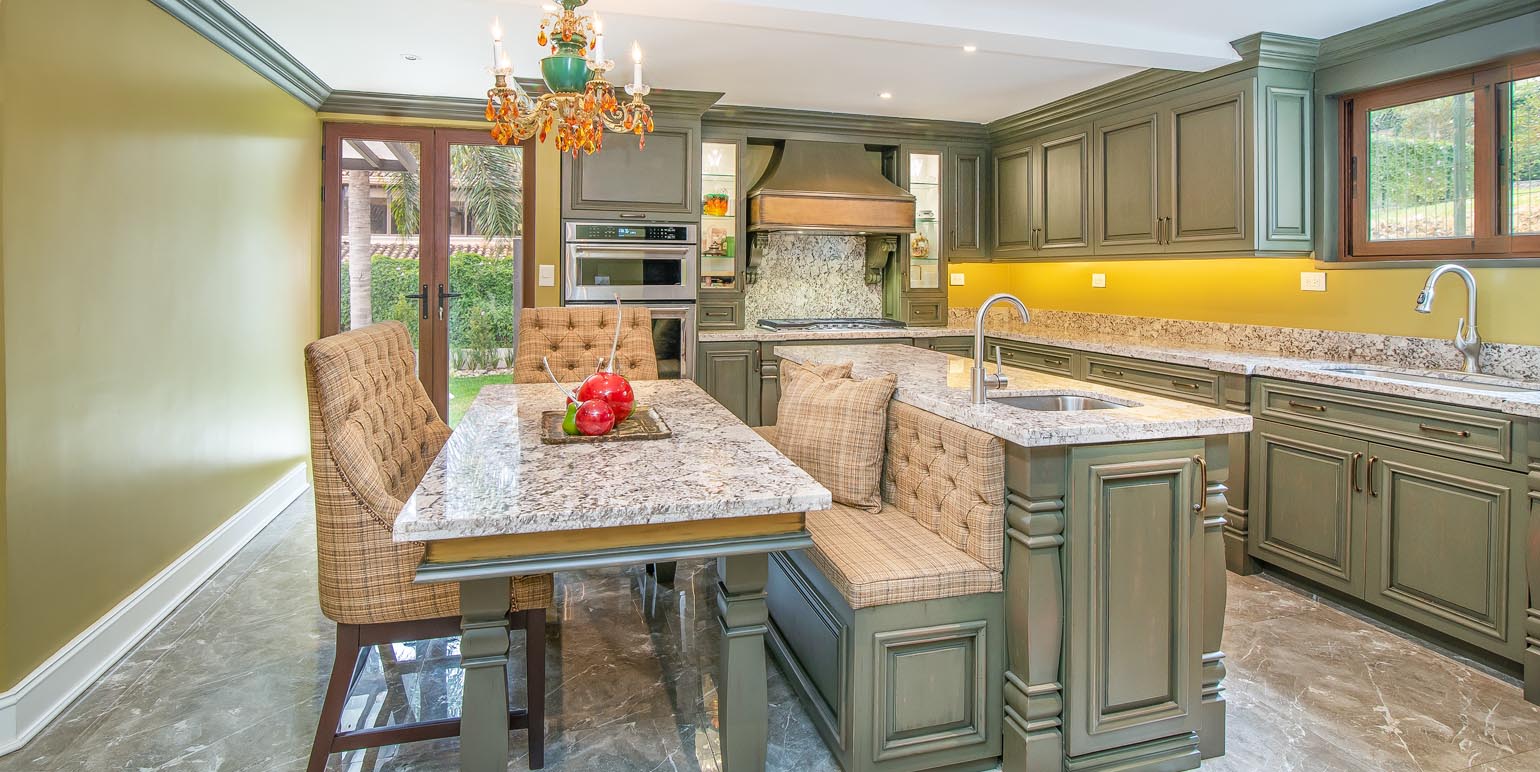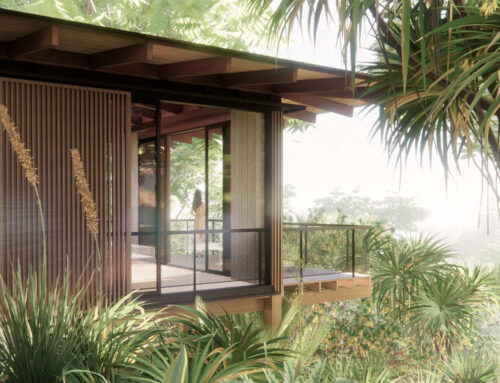For years, the minimalist aesthetic reigned supreme in home design, and the trend has trickled into Costa Rica interior home design too. Clean lines and sober color palettes captured the hearts of homeowners who embraced the notion that less is indeed more. However, one thing’s for certain- the paradigms of design and lifestyle are ever-evolving in the world of upscale real estate. As the winds of change sweep through the tropics, a new design ethos is emerging—Maximalism in Costa Rica.
What is maximalism?

Maximalism is a design style that gives way to a riot of bold colors, patterns, and textures. It is a style that is not afraid to be over the top, and it is often used to create a sense of luxury and opulence. Maximalism can be used in any room of the house, but it is most commonly seen in living rooms, bedrooms, and dining rooms. Exterior maximalism is also a thing!
Contrary to popular belief, maximalism is not about hoarding, but more about a very well thought-out and curated process of items that create a treasure chest of experience you love and want to be surrounded by – its often the story of a life well lived.
Maximalism, with its bold and unapologetic celebration of abundance, infuses living spaces with personality, creativity, and a sense of grandeur. It’s not just a departure from the minimalist trends of yesterday but a statement in itself.
Maximalism in Costa Rica- a Look Back Through History
Coming from an era filled with minimalist design, it might sound like maximalism is a completely new concept. However, maximalism has a long and rich history, dating back to ancient times. The first examples of maximalist design can be found in the palaces and temples of ancient civilizations, such as the Egyptians, Assyrians, and Persians.
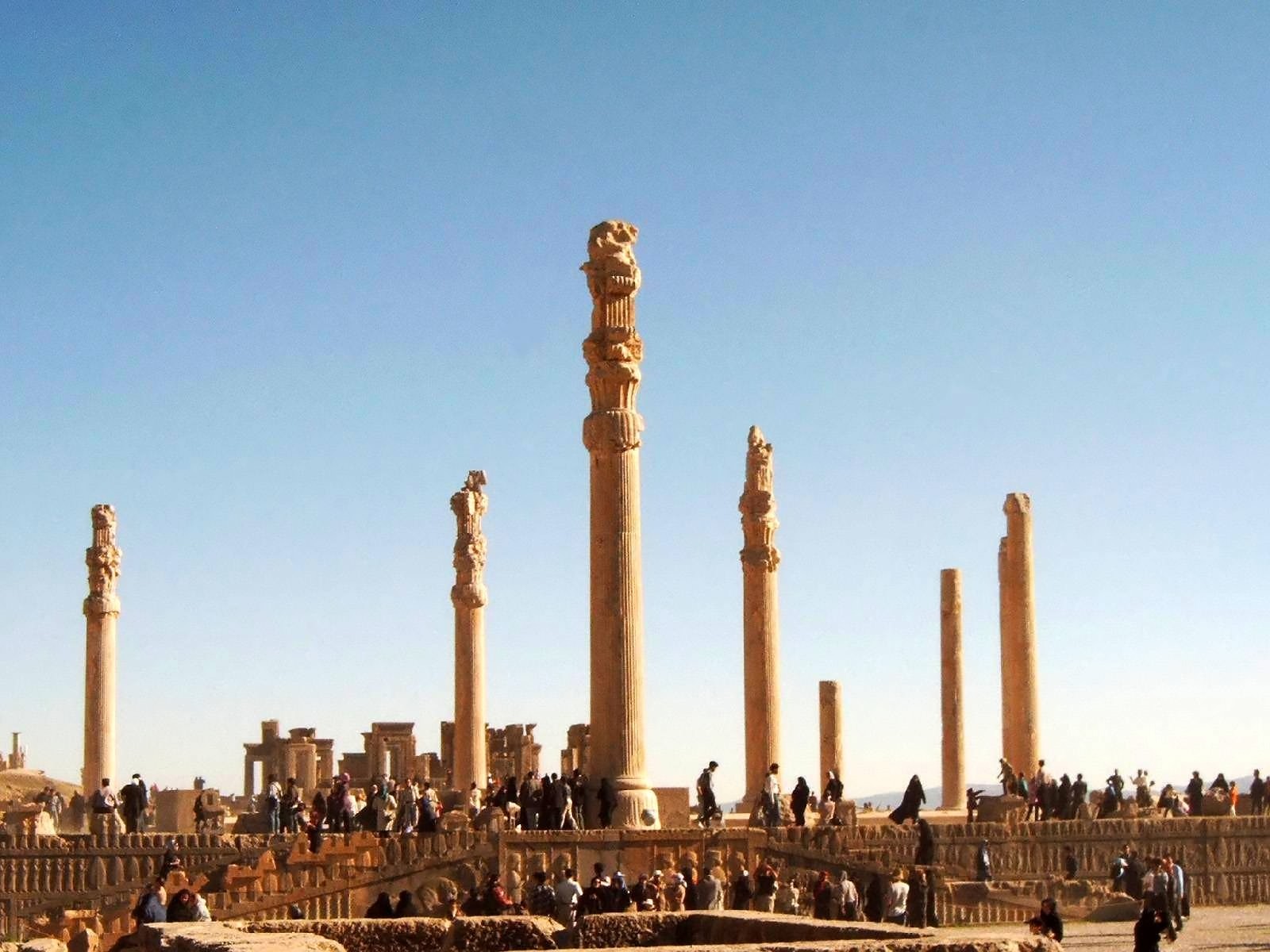
For example, the Apadana Palace was the main audience hall in Persepolis. The palace was known for its size and its lavish decorations. It was decorated with columns, statues, and reliefs. The palace also featured many maximalist elements, such as a throne room that was supported by 100 columns.
Costa Rican history is not exempt from glimpses of maximalism. The indigenous peoples of Costa Rica were known for their use of bold colors, patterns, and textures in their art, architecture, and clothing.
During the colonial period, the Spanish introduced European styles of maximalism to Costa Rica. These styles were characterized by their use of heavy ornamentation, rich fabrics, and religious iconography.

A prime example of this is the Basilica of Our Lady of the Angels, in Cartago. This basilica is one of the most important religious sites in Costa Rica and is known for its ornate Baroque architecture. The interior of the basilica is decorated with heavy ornamentation, including gold leaf, marble, and stained glass.
El Castillo Azul in San José is another beautiful example of neocolonial architecture with maximalist characteristics. The Castillo Azul is known for its blue facade and grand marble staircase, heavily ornamented with wrought iron railings, columns, and arches. This ornamentation, as well as its marble floors, crystal chandeliers, and hand-painted murals, is characteristic of colonial architecture, but is taken to the extreme in the Castillo Azul.

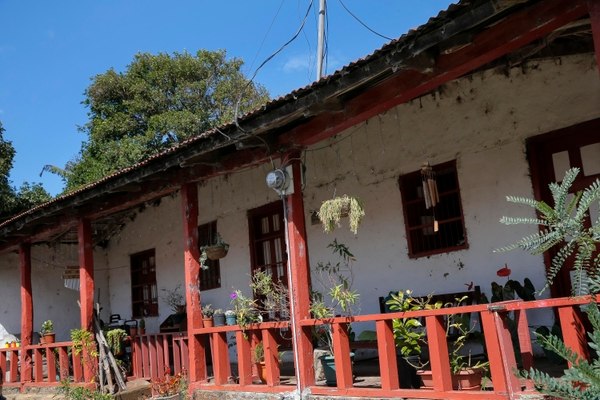
In general, traditional Costa Rican homes are often characterized by their heavy ornamentation, intricate wood carvings, and traditional furnishings. Religious references are a common feature, too. Their exterior often also has several maximalist qualities, such as the use of plenty of plants, bushes, and flowers as decorations.
Therefore, even though maximalism is a rising trend at the moment, it does have a rich history that made it evolve into what it is today. Even though modern tendencies can be quite different, Costa Rica’s traditional maximalism adds to the culturally rich atmosphere in the country’s homes and communities.
How can I Incorporate Maximalism into my Home?
When choosing maximalist pieces for your home, it is important to keep in mind the overall style of your home. You don’t want to choose pieces that are so over the top that they clash with the rest of your décor. It is also important to choose pieces that you love and that make you happy. Maximalism is all about expressing your personal style, so don’t be afraid to choose pieces that are unique and unexpected.
6 Maximalism Tips for a Luxury Home
The team at Love Happens Magazine shared 6 tips to redecorate your home with a fabulous maximalist aesthetic:
- Invest in luxury statement pieces and furniture
- Explore Bold Accent Wall Colors and Prints
- Combine unique textures and colors
- Let nature in
- Leave no space untouched
- Find references to base your home on
And our favorite tip is their conclusion: At the end of the day, what’s most important is that you follow your interests, not some style guide. Remember, it’s your home. While you could collect visually pleasing pieces, redesigning with a maximalism mindset should include things that mean something to you. Read the full article and maximalism design tips for a luxury home at Love Happens Magazine.
Global Tendencies in Maximalism
Bold Color Palettes: Contemporary maximalism embraces bold and vibrant color palettes, often incorporating multiple colors and patterns in a single space. This creates a sense of drama and excitement, while also adding a touch of playfulness.
Intricate Patterns and Textures: Contemporary maximalism is all about layering patterns and textures to create a visually rich and stimulating environment. This can be achieved through the use of textiles, furniture, artwork, and even architectural elements.
Eclectic Mix of Styles: Contemporary maximalism is not afraid to mix and match different styles and periods of furniture and décor. This creates a unique and personalized look that is anything but boring.
Celebration of Individuality: Contemporary maximalism is all about expressing one’s individuality and personal style. There are no right or wrong rules when it comes to maximalism, so it’s important to have fun and let your creativity shine through.
Exterior Maximalism: Similar to indoor maximalism, exterior maximalism involves a wild combination of colors and styles. Nature as a whole is celebrated, including layered plantings that create a sense of abundance and overflowing greenery. This is achieved through a combination of different plant types, sizes, and textures.

Contemporary maximalist gardens often incorporate intricate hardscape elements that add visual interest and architectural definition to the outdoor space. This can include sculptures, fountains, pathways, and patios, all designed to complement the lush plantings and create a cohesive and inviting garden experience.
Costa Rican Traditional Maximalism
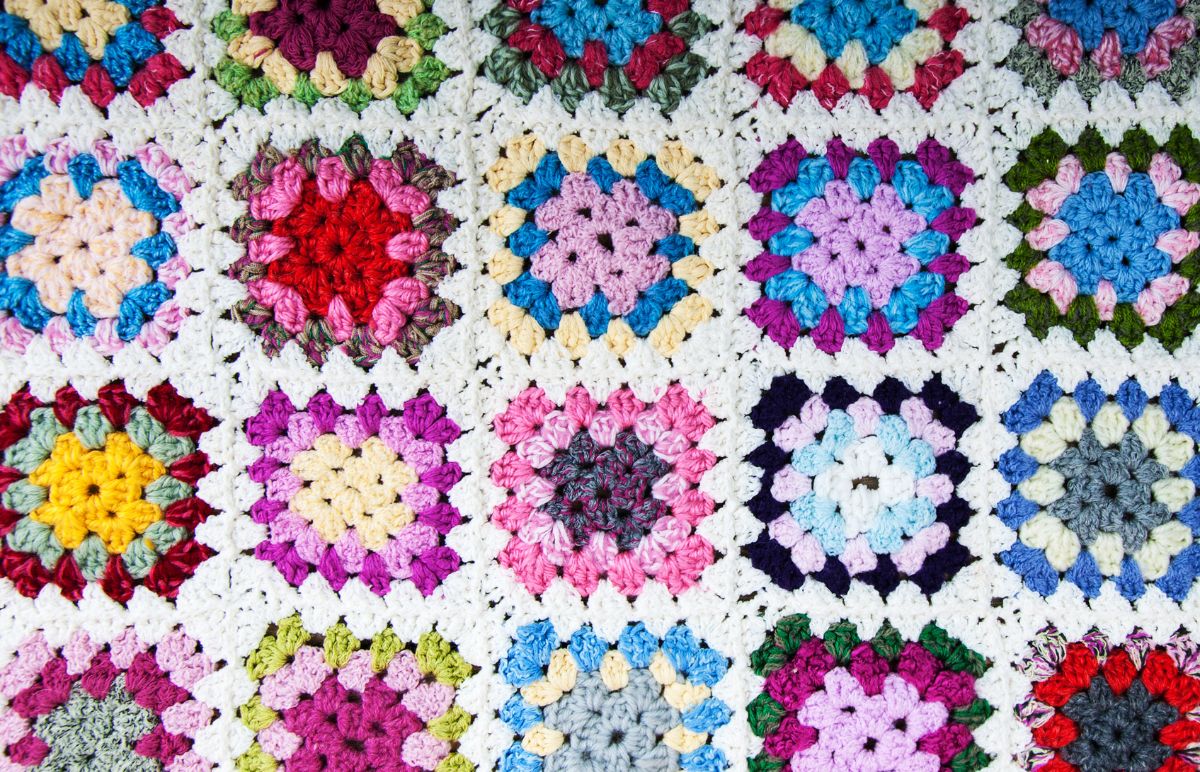
One of the most popular ways to incorporate maximalism into a traditional Costa Rican home is through the use of textiles. Costa Rican textiles are known for their bright colors and intricate patterns, and they can be used to add a touch of luxury to any room. Maximalist homes often feature a mix of different textiles, such as hand-woven blankets, embroidered pillows, and colorful curtains.
Another popular way to incorporate maximalism into a traditional Costa Rican home is through the use of artwork. Costa Rican artists are known for their vibrant and eclectic work, and their paintings and sculptures can add a touch of personality to any maximalist space.
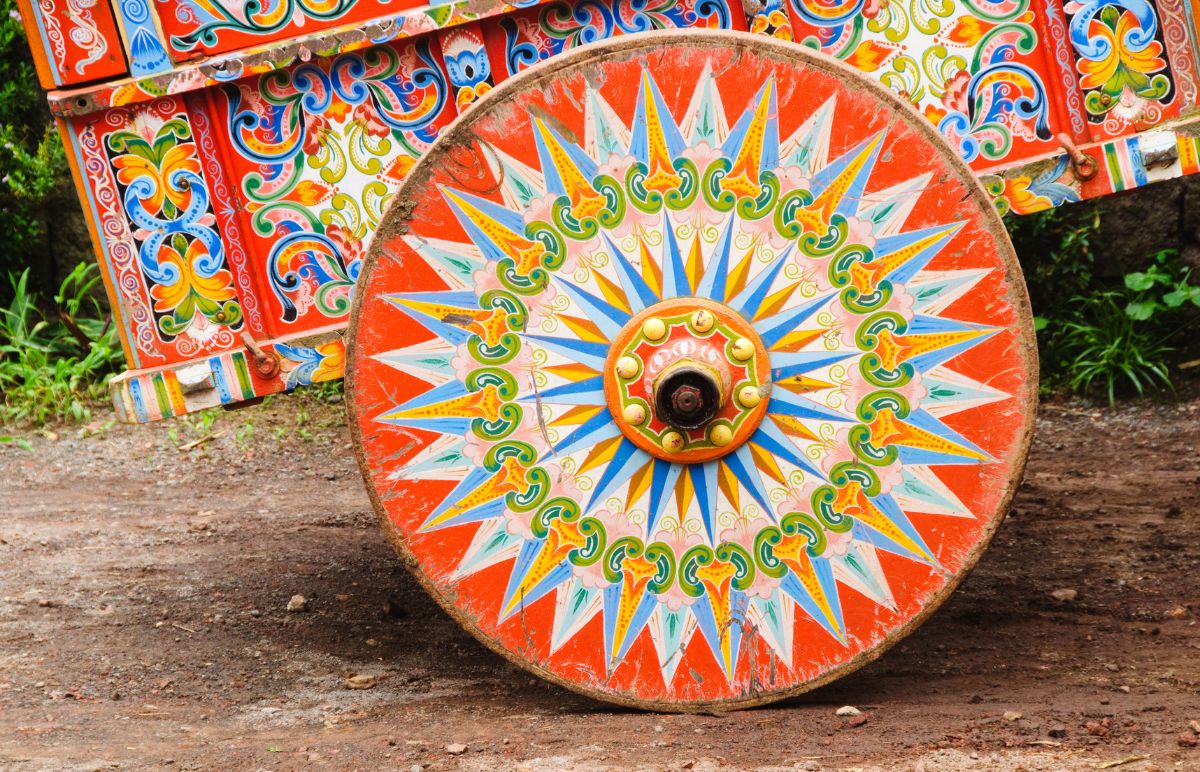
Michelle Nussbaumer- A Testament to Modern Maximalism
In Michelle Nussbaumer’s work, maximalism becomes a dance of tradition and contemporaneity. Her love for diverse cultures creates an eclectic style full of colors, textures, and unique motifs, refusing to confine spaces to a singular palette.
One of her most impressive pieces is her residence in San Miguel de Allende, Mexico. Stepping into this home is embarking on a global journey, where every corner tells a story of different cultures and histories. Nussbaumer’s touch is characterized by her ability to create harmony in authenticity and innovation.
What sets Nussbaumer’s work apart is her fearless use of influence blend. The residence pays homage to Mexican culture, Istanbul palaces, Moroccan arches, Roman pilasters, and even the grandeur of the Château de Versailles.
Nussbaumer’s home is a living canvas with her design philosophy – “to bring the world home.”





